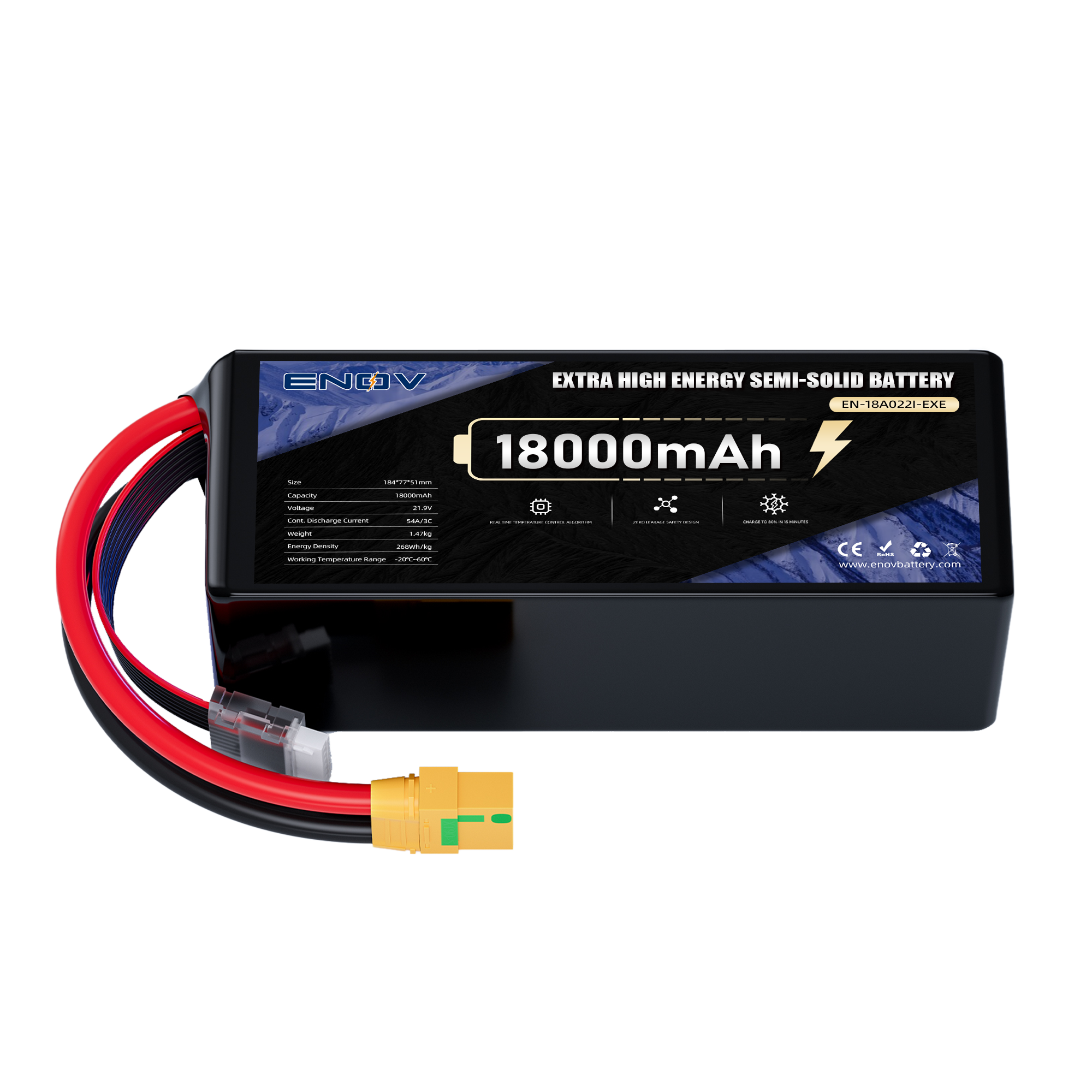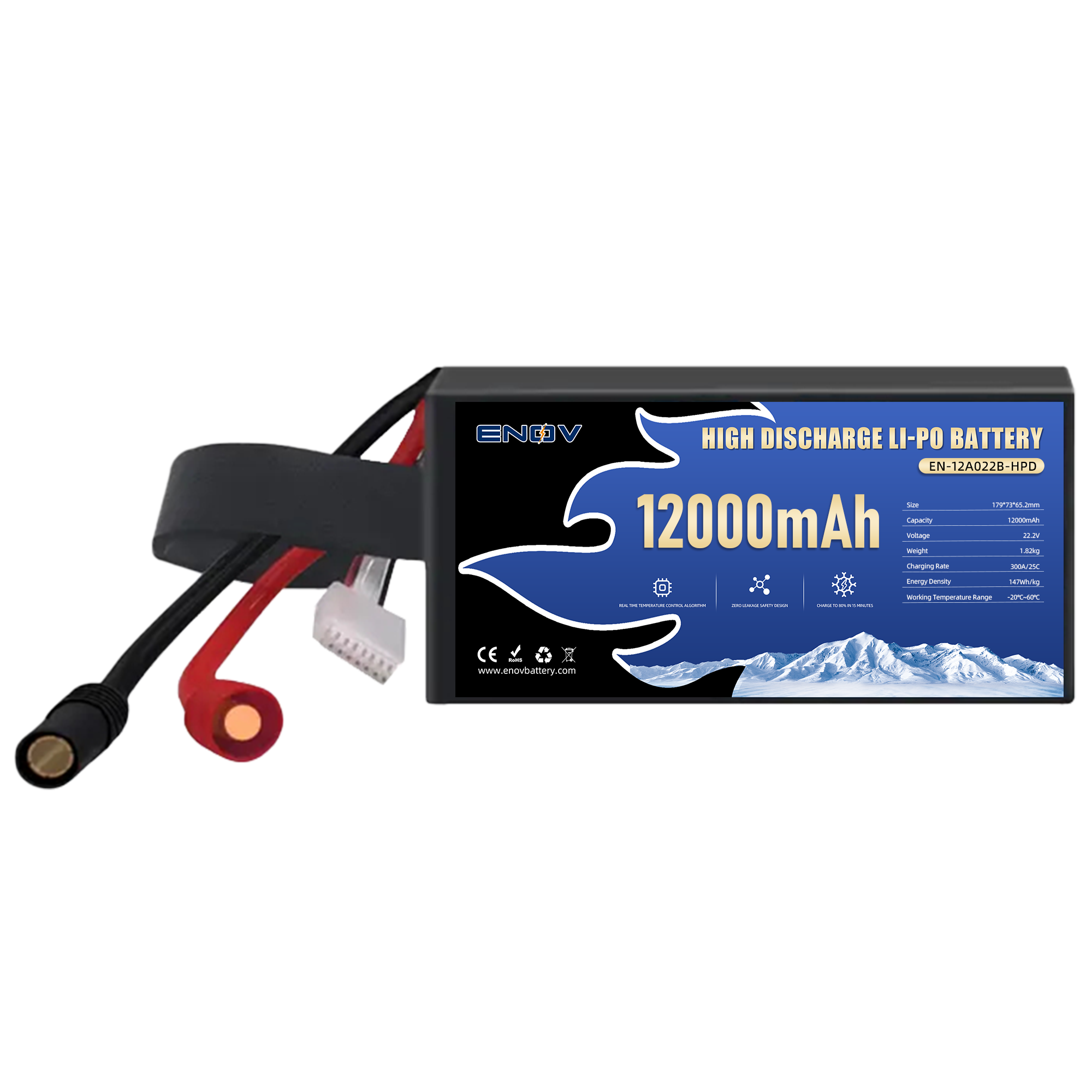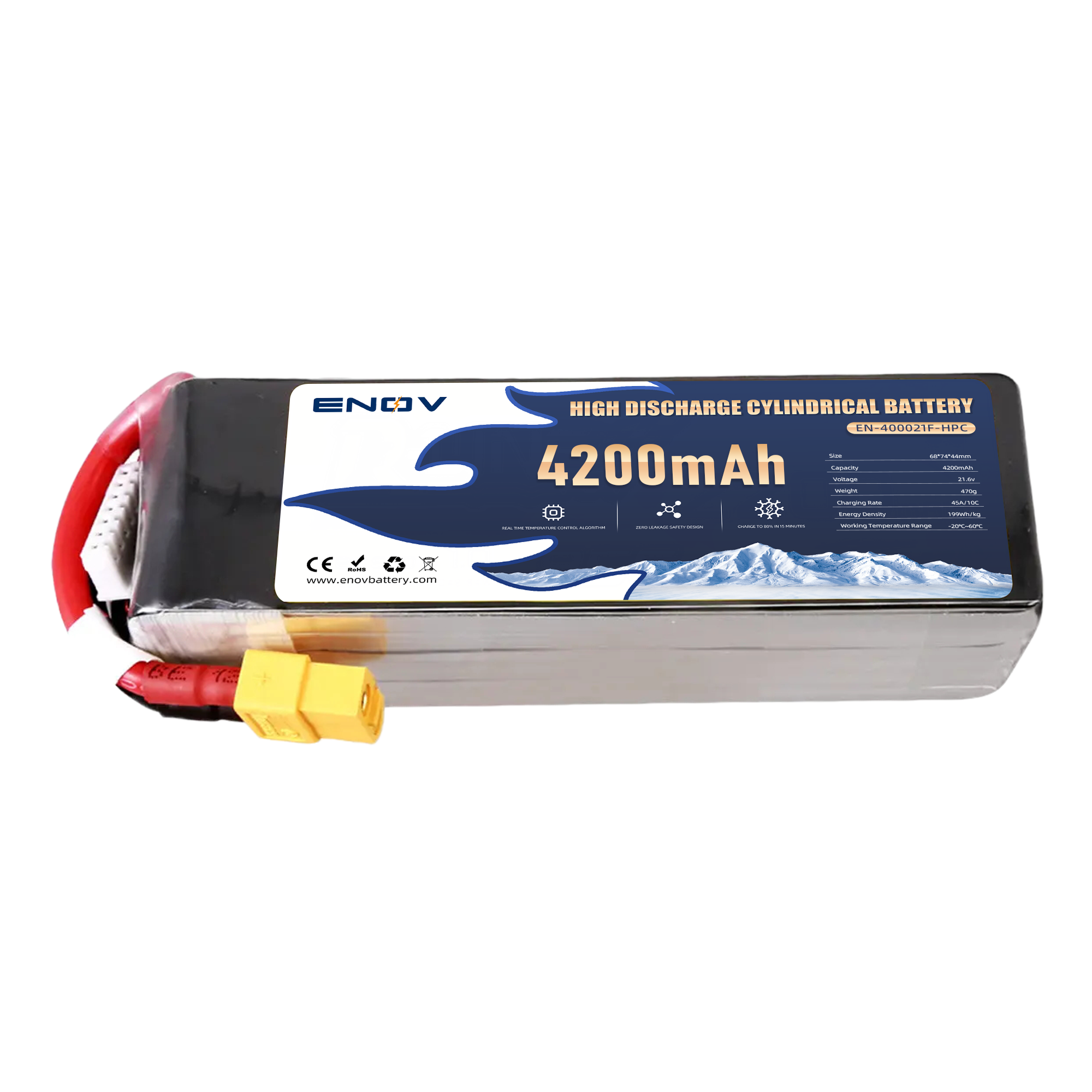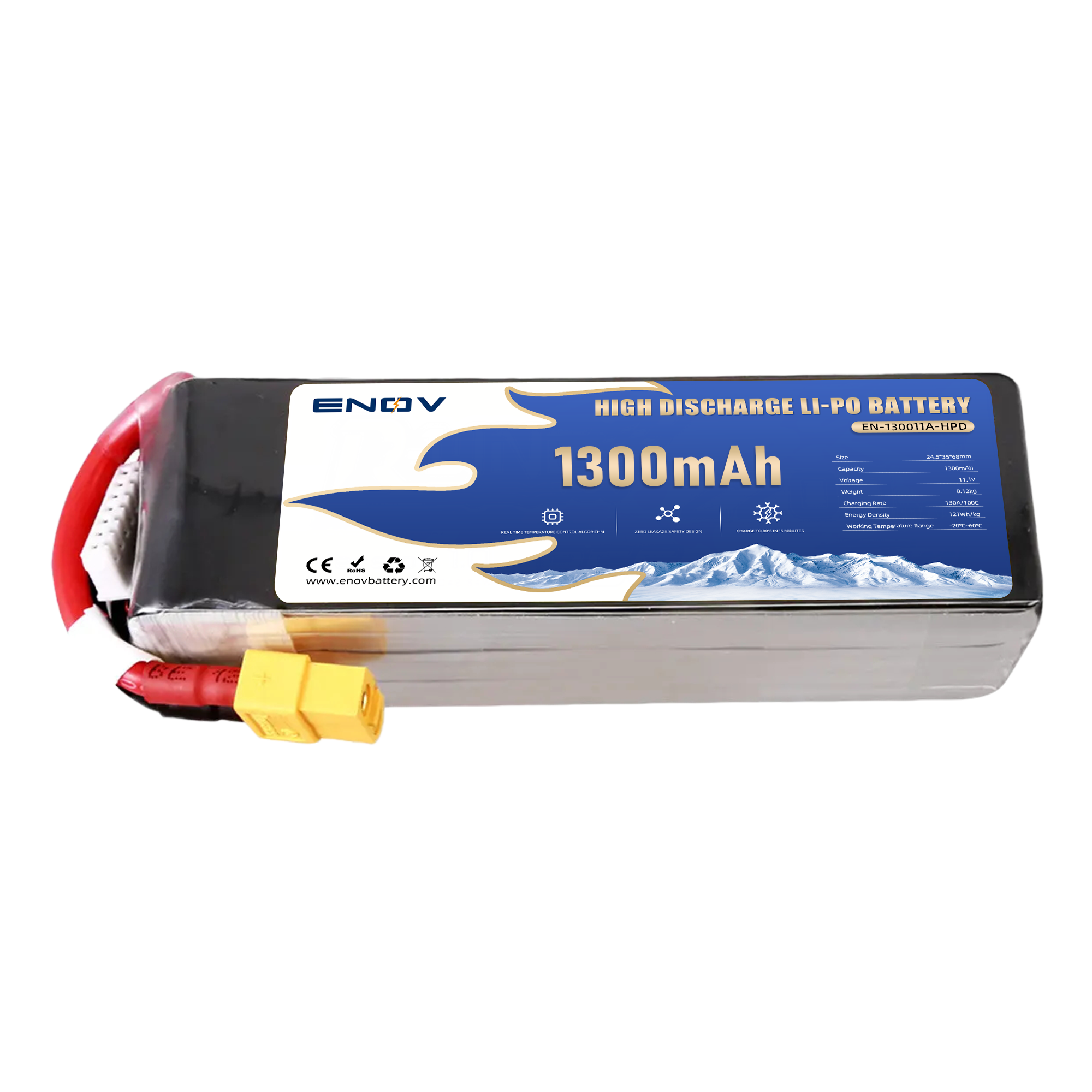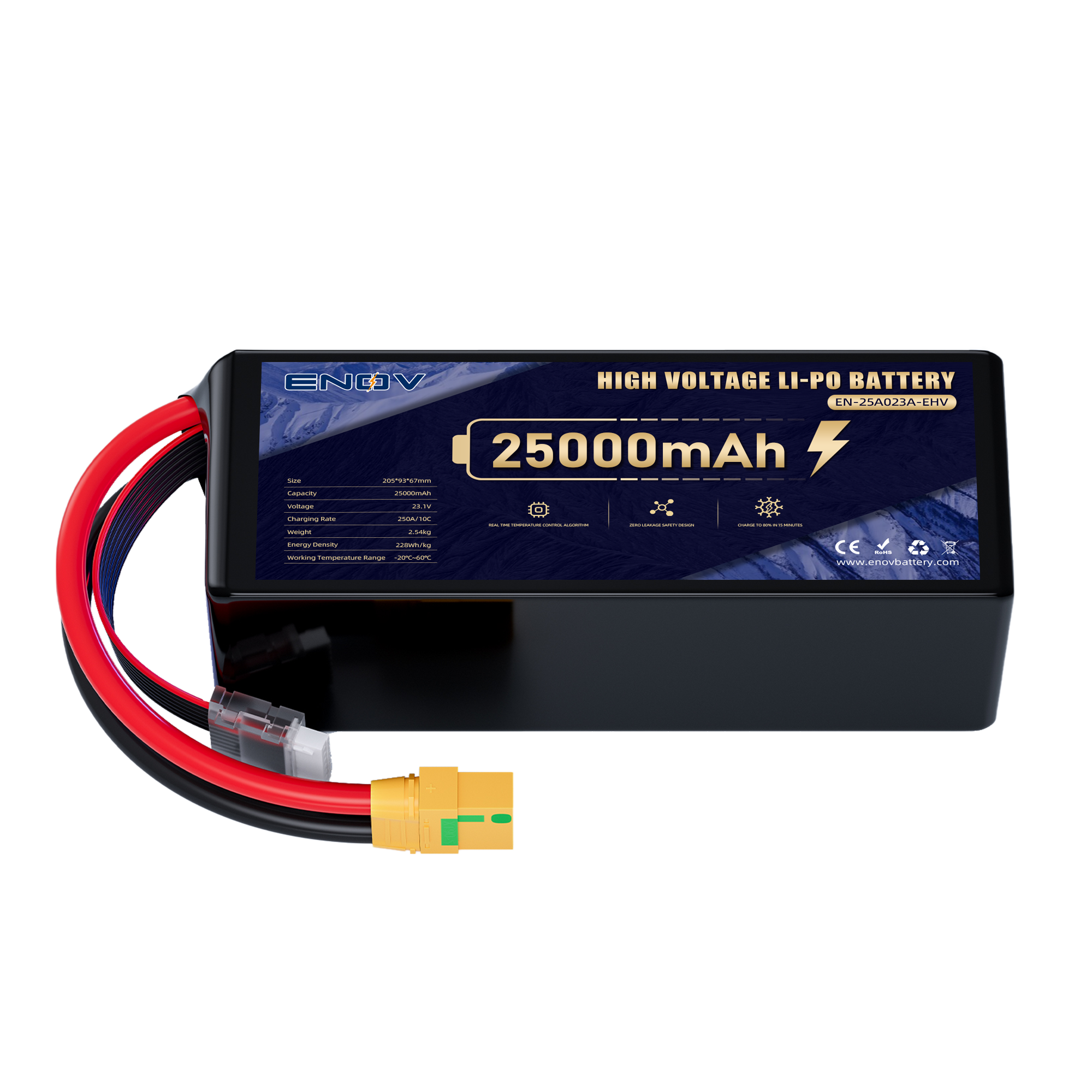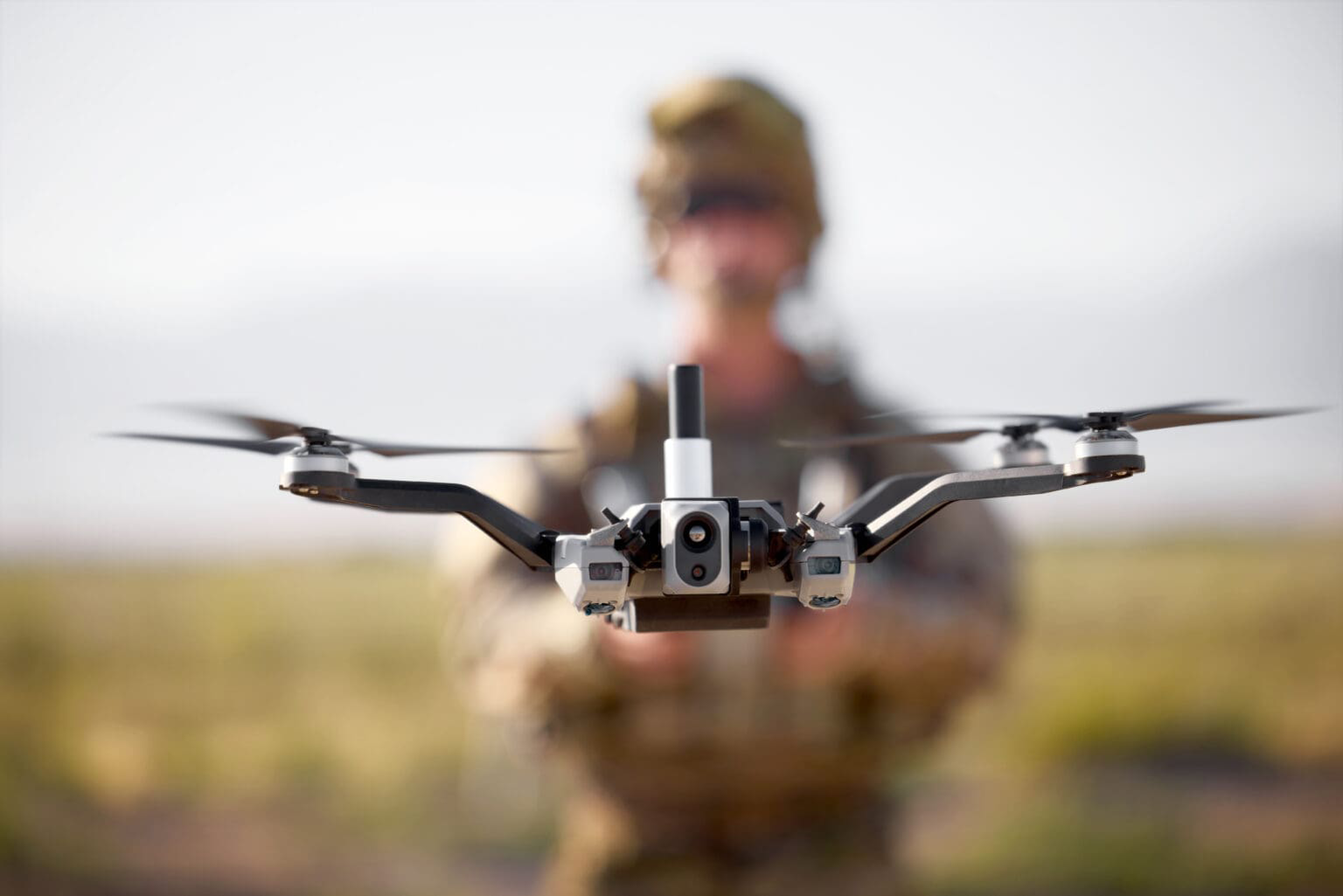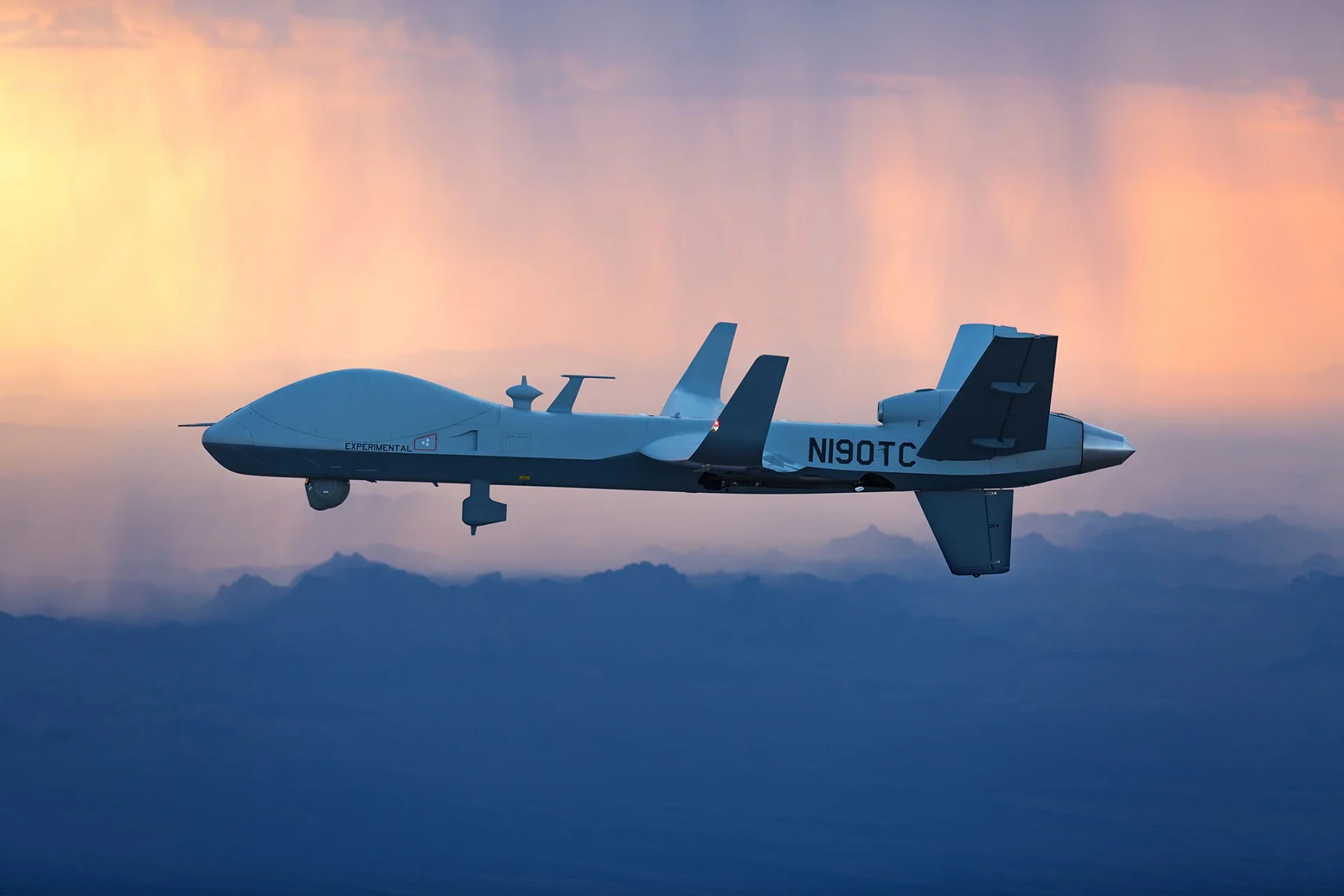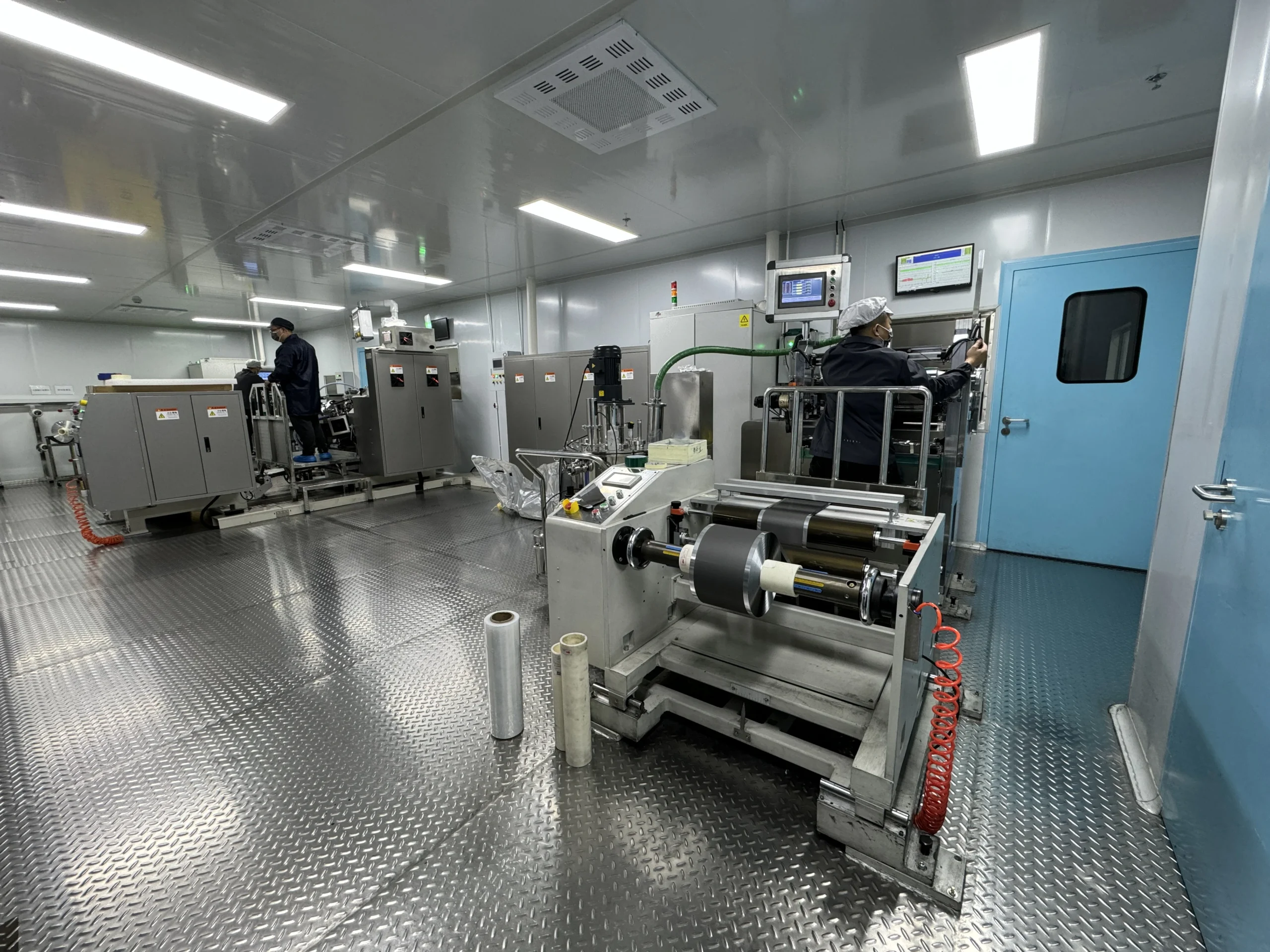Retired Battery Reuse Plan: How Tiered Utilization After 800 Cycles Cuts Costs by 30%
Retired drone batteries with 800+ cycles often retain 60-70% capacity, making them ideal for tiered reuse in non-critical applications. Proper repurposing slashes replacement costs by 30% while reducing environmental waste. This guide explains how to assess, categorize, and reuse retired batteries effectively.
main content
1. Post-800-Cycle Battery Assessment
Capacity Test: Fully charge and discharge to measure remaining capacity. Discard batteries below 50% original capacity.
Internal Resistance Check: Use a milliohm meter—values >150mΩ indicate unsafe degradation.
Voltage Consistency: Ensure cells in multi-battery packs vary by <0.05V.
2. Tiered Reuse Strategies
A. Low-Power Applications (50-70% Capacity)
LED Lighting Systems: Power low-energy lights for warehouses or outdoor setups.
Backup Sensors: Use in stationary IoT devices requiring minimal current.
Training Drones: Ideal for beginner drones where flight time isn’t critical.
B. Partial Repair for Mid-Power Use (70-80% Capacity)
Cell Replacement: Swap degraded cells in a pack to restore functionality.
Recycle Cells: Extract healthy cells for smaller batteries (e.g., remote controllers).
3. Cost-Saving Breakdown
New Battery Cost: $120 per 6000mAh LiPo.
Tiered Reuse Cost: Repair/repurpose at 35–50, saving 30-60%.
ROI Example: A logistics company saved $12,000/year using 100 retired batteries for warehouse lighting.
4. Safety Protocols for Reuse
Fireproof Storage: Keep retired batteries in vented metal containers.
Regular Monitoring: Check voltage monthly; discard if self-discharge exceeds 5% weekly.
Label Clearly: Mark repurposed batteries with cycle count and capacity.
5. Partner with Certified Recyclers
Sell Degraded Cells: Fetch 2–5/kg for cells sent to lithium recyclers.
Avoid Landfills: Improper disposal risks fines up to $10,000 in regions like the EU.
Why This Works
Retired batteries with 800 cycles typically have stable chemistry, making them safer for low-stress roles. For instance, a 5000mAh battery at 65% capacity still delivers 3250mAh—enough for 15-minute LED operations daily over two years.
Conclusion
A tiered reuse plan for retired drone batteries cuts costs by 30% and supports sustainability. Test rigorously, categorize by residual capacity, and deploy them in non-critical roles. Always prioritize safety and partner with eco-certified recyclers—transform waste into value without compromising reliability.
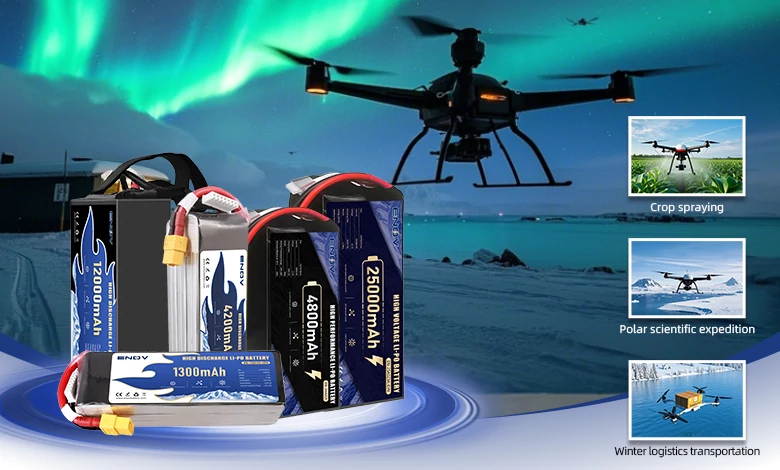
UAV DRONE battery
Enov UAV battery has the most advanced UAV battery new technology, it has a lightweight structural design, ultra-high energy density, stable continuous discharge, customized ultra-high instantaneous discharge, wide temperature working range, stable charge and discharge, battery materials can choose high nickel terpolymer positive/silicon carbon negative material system combined with semi-solid battery technology. Or choose a more mature application of more UAV lithium battery technology, available UAV battery nominal voltage 3.7V, capacity 18.0Ah ~ 30.0Ah, support 10C continuous discharge and 120C pulse discharge (3 seconds). With ultra-high energy density (220-300Wh/kg) as its core advantage, Enov UAV batteries can meet the needs of long-term endurance scenarios such as plant protection drones and transport drones, while maintaining stable emission performance in extremely low temperature environments (-40℃).
Other products
START-STOP LITHIUM BATTERY
LITHIUM ENERGY STORAGE BATTERY
QUICK INQUIRY
FAQ
Access to high frequency technical questions with one click, get accurate answers on product application, after-sales policy and customization process.
Service and Support
Get the latest product specifications, explore professional OEM/ODM customization services, click to open exclusive technical support and production solutions.
Become a Partner
We sincerely invite resources to interconnect, work together for win-win development, and immediately open a new chapter of strategic cooperation!
